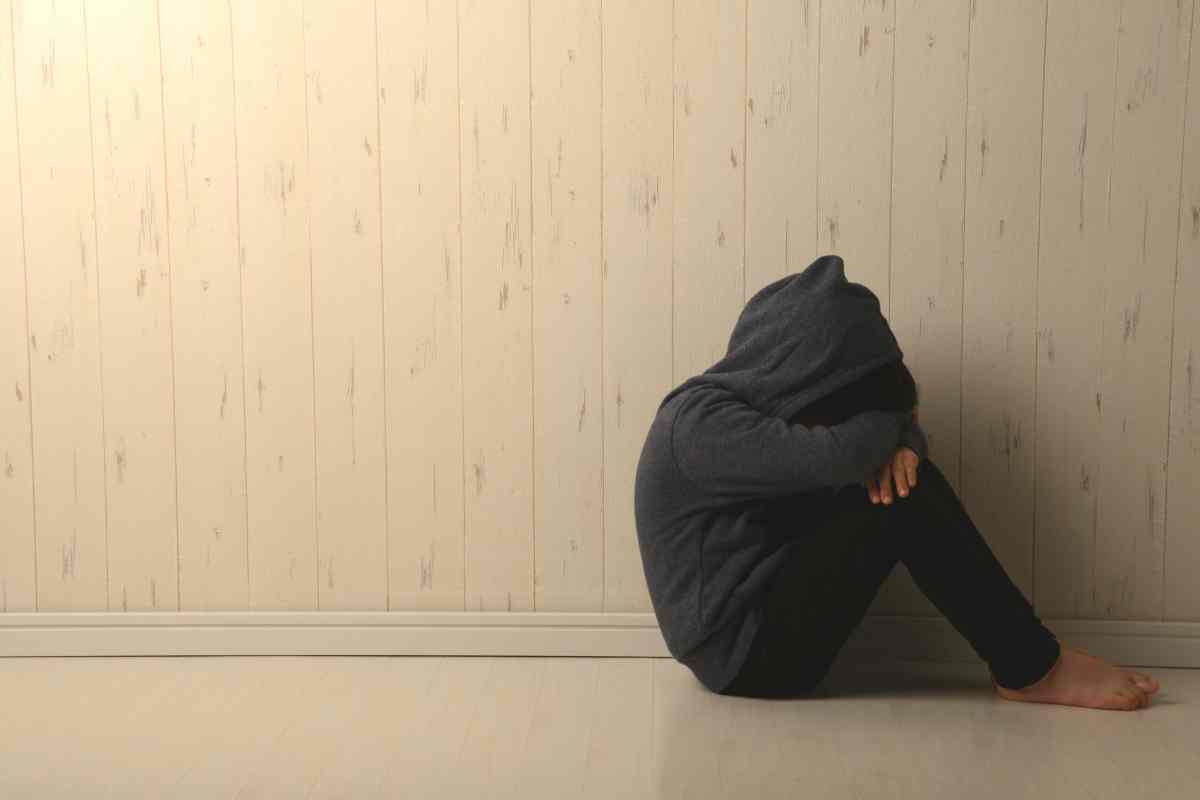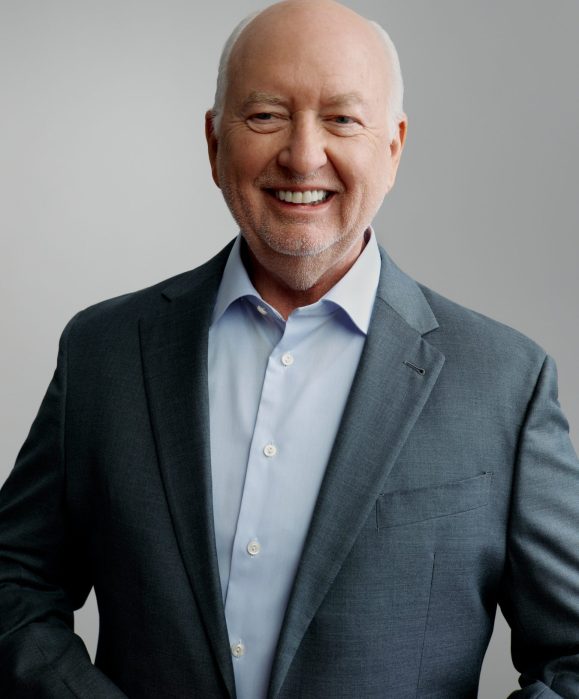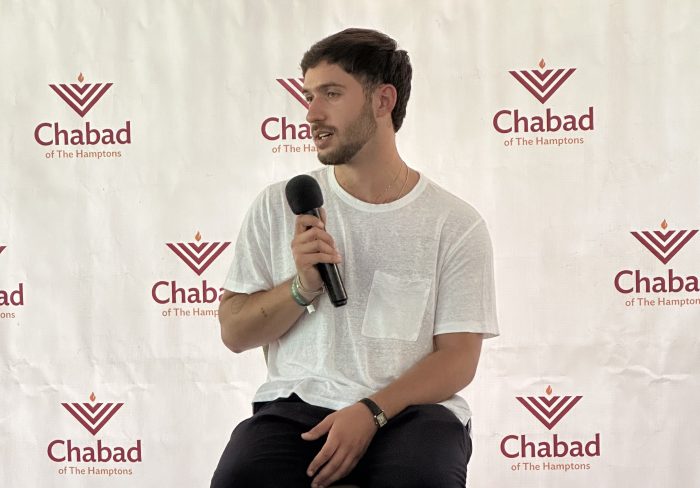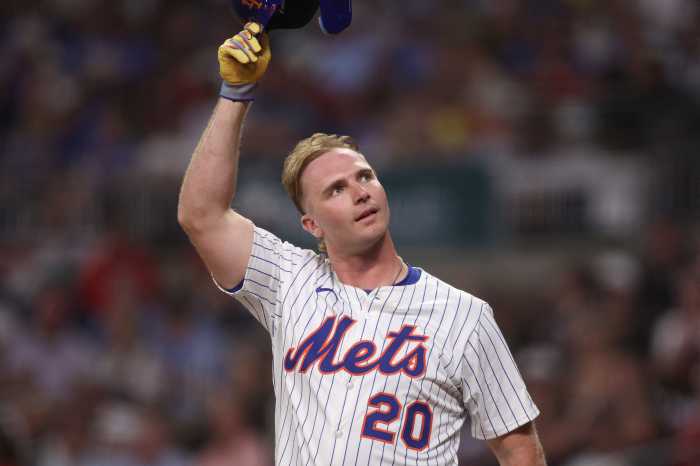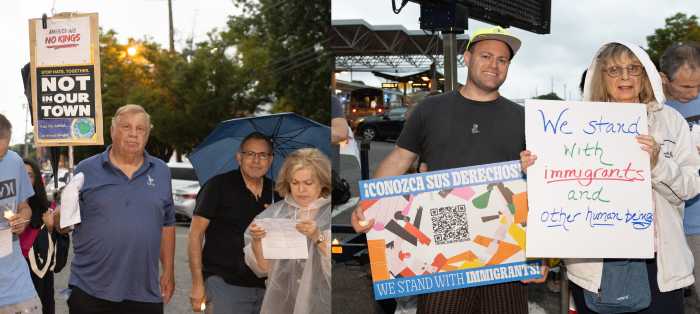An unprecedented number of New York’s kids are killing themselves with guns, ropes, and poisons and unless state officials intervene, 2020 may be a record year.
Suicide attempts among adolescents nationwide have risen sharply in the last decade, and according to federal statistics, suicide is now the second leading cause of death among New York teens ages 15-19. Seventeen percent of high school students nationwide report that they’ve seriously considered a suicide attempt in the last year. About one-third of high school students report feeling sad or hopeless almost every day for two weeks in a row and nearly one in three adolescents will meet diagnostic criteria for an anxiety disorder by the age of 18.
Local families are experiencing this crisis first-hand and are desperate to find adequate mental health care for their children, but many are struggling to access it. Getting an appointment with a child psychiatrist on Long Island in less than three months is nearly impossible. Underfunded community mental health providers often have long waiting lists and insurance companies routinely deny coverage and adequate reimbursement for conditions that occur above the neck.
That’s why more than half of New York’s children with a diagnosable behavioral health condition don’t get the treatment or counseling they need. The end result? Budget-busting psychiatric hospitalizations, life-changing arrests, foster care placements, chaos in schools, homes, and communities, habit-forming self-medication with alcohol, marijuana, and other drugs, and more lives lost. In short, a complete breakdown.
Indeed, New York has mounted an impressive response to our state’s opioid crisis and new mental health resources like Family Service League’s DASH crisis care center in Hauppauge and CN Guidance’s mobile counseling unit are making a difference. But the link between untreated mental health conditions and subsequent substance use to self-medicate away anxiety, pain and depression is well-established. Chasing the drug du jour may just be swatting at symptoms and announcing new opioid prevention and treatment funding while simultaneously slashing funds for mental health programs makes little sense. But that’s what’s happening here in New York.
Earlier this month, the New York State Department of Health reduced reimbursement rates for Medicaid-eligible children and families under a critical mental health program called Children and Family Treatment and Support Services (CFTSS). CFTSS, which only launched last year, is part of systemic multi-year Medicaid reforms designed to increase access to critical care, including crisis intervention, family peer support, community psychiatric supports and treatment, and substance use treatment. With enhanced financial reimbursements to fund the new program, nonprofit organizations like Family and Children’s Association (FCA) in Mineola have been able to better serve desperate families and turn a modest investment into big Medicaid savings for New York State.
Overall on Long Island, we’ve seen an increase in hospitalizations among kids with serious mental illness and multiple inpatient stays over the course of a year are common. But emergency room visits and hospital admissions among children enrolled in this CFTSS program are way down. The program is working as intended.
Sadly, the CFTSS program is serving only about 8,000 children statewide, less than five percent of the 200,000 New York State says are eligible, and only an estimated 1,000 of those children are new to receiving services. That’s because program start-up and accessibility has been spotty given state Medicaid changes that have thrown children’s mental health services into turmoil. Some small cash-strapped nonprofit organizations have successfully adapted, evolved and kept their doors open, even as more families in need come knocking. Others have been forced to stop offering mental health programs like CFTSS.
More will surely be forced to follow suit if New York continues to hold back enhanced reimbursements that barely covered program costs. That would mean fewer kids served, more young lives cut short and more families changed forever. Like most public health crises, suicide is a largely preventable and mental health disorders as the drivers are treatable. New York can save lives right now by abandoning these rate reductions and immediately declaring a moratorium on all cuts to behavioral health care services for children until our kids are healthy enough to start planning their own futures, rather than their own deaths.
Jeffrey L. Reynolds is the President and CEO of Family & Children’s Association (FCA) and a board member is NYS Council for Community Behavioral Healthcare




